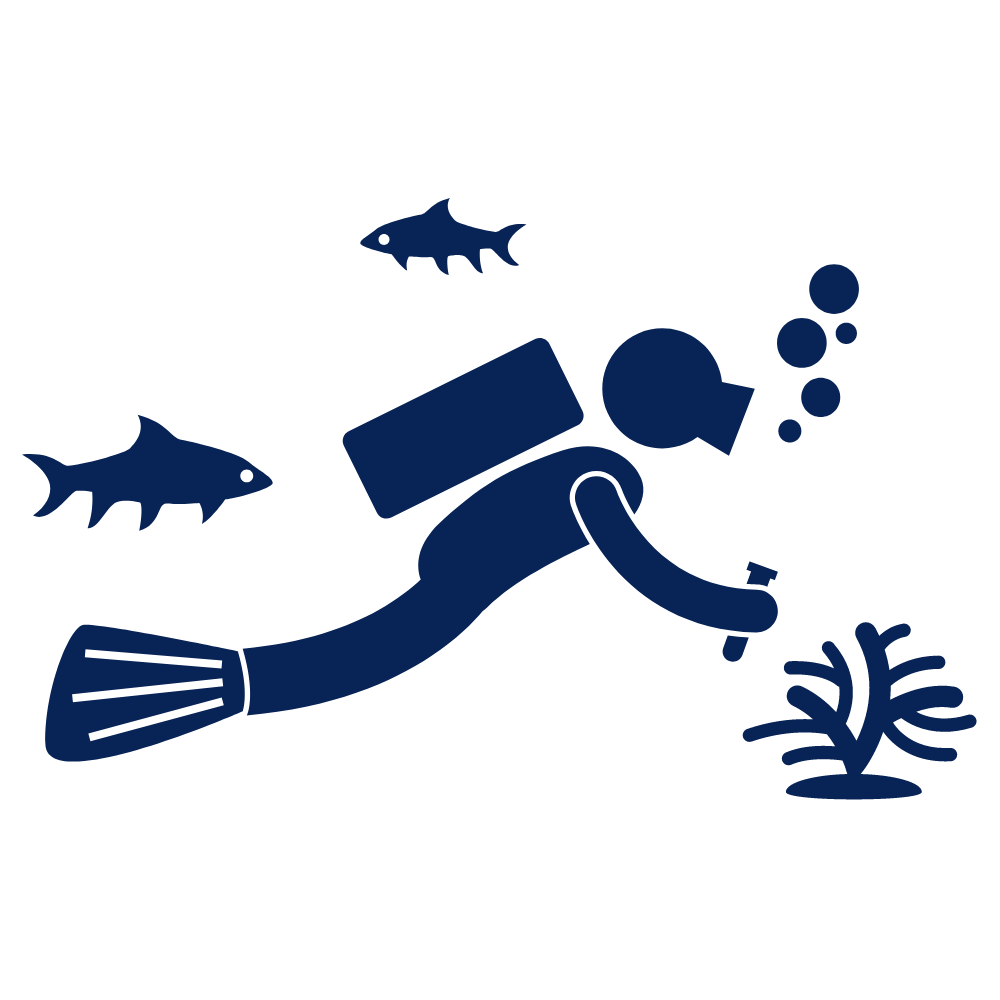Posted by admin | 05.04.2017 | Conservation, Marine Science, Turtle Talk
The Kemp’s Ridley Sea Turtle
Kemp’s Ridley (Lepidochelys kempii) is the smallest and most endangered of all sea turtles. Richard Kemp helped discover and study the species, thus originating the name “Kemp’s”.
The length of an adult carapace (the upper shell of the turtle) measures 24 to 28 inches, and they only weigh between 75 and 100 pounds. Because of their small size, they reach maturity in about 10 to 15 years of age – quite young for a sea turtle.
They possess a heart-shaped shell; meaning equal length and width. The color of their carapace is olive green to gray and their plastron (underbelly) is light yellow. Nearly black all over, hatchlings contrast their full grown counterparts.
Kemp’s feed on crabs, clams, mussels, shrimp, snails, sea urchins, sea stars, fish and some saltwater plants thanks to their powerful jaws.
Nesting Patterns
Unlike other sea turtles, the Kemp’s Ridleys nest every year. Ninety-five percent of all nesting occurs in daylight on Rancho Nuevo beach on the eastern coast of Mexico. The turtles nest in mass synchronized nestings called arribadas, Spanish for “the arrival.” In 1942, an estimated 42,000 nesting females were documented on film as they were coming ashore to lay eggs on a single day! In 1995, only 1,400 Ridleys nested at Rancho Nuevo.
This decline resulted from egg poaching and interactions with the fisheries industry, primarily becoming trapped in trawl nets. Although the species is largely confined to the Gulf of Mexico, juveniles will migrate up and down the East Coast during the spring and summer months.
Due to nest protection and Turtle Excluder Devices (TEDs) on shrimp trawlers in the Gulf of Mexico, the population shows a slow recovery. A small number of Kemp’s Ridleys also began nesting on the beaches of Texas due to a head-starting program run by both the United States and Mexico.
Learn More & Get Involved
Hopefully, with the continued use of Turtle Excluder Devices and nest protection, this species will escape the threat of extinction. To learn more about Turtle Excluder Devices click here.
Want to learn more about sea turtles AND marine biology? Request more information about our programs here.


 Marine Bio
Marine Bio SCUBA
SCUBA Travel
Travel School Groups
School Groups Sign Up
Sign Up CONTACT
CONTACT CAMPS
CAMPS ABOUT
ABOUT